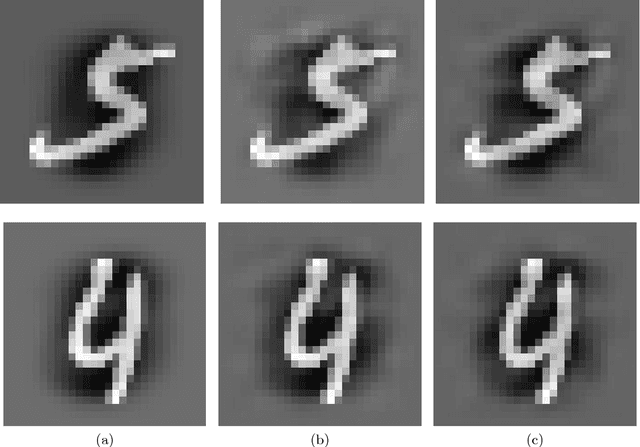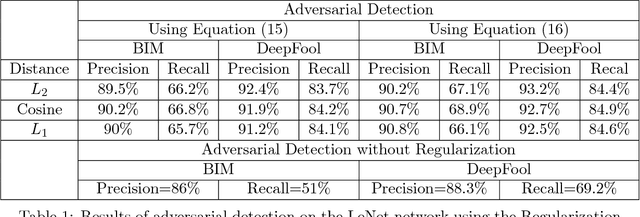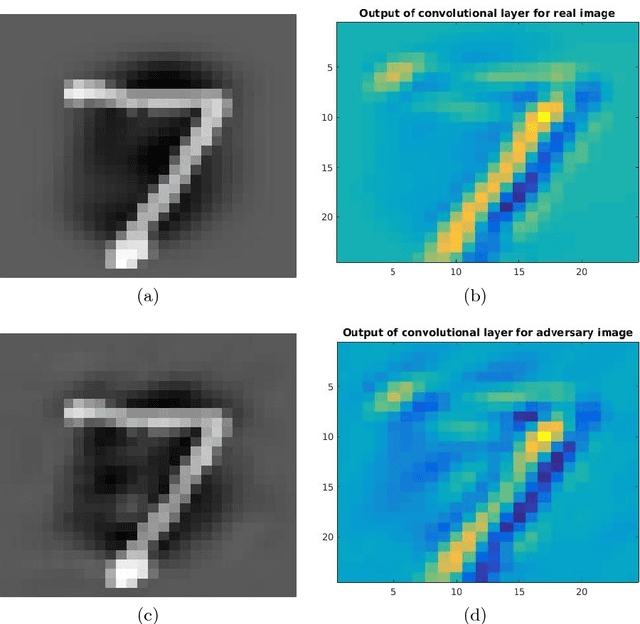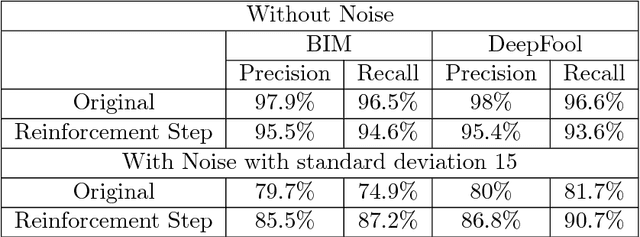Detecting Adversarial Examples in Convolutional Neural Networks
Paper and Code
Dec 08, 2018



The great success of convolutional neural networks has caused a massive spread of the use of such models in a large variety of Computer Vision applications. However, these models are vulnerable to certain inputs, the adversarial examples, which although are not easily perceived by humans, they can lead a neural network to produce faulty results. This paper focuses on the detection of adversarial examples, which are created for convolutional neural networks that perform image classification. We propose three methods for detecting possible adversarial examples and after we analyze and compare their performance, we combine their best aspects to develop an even more robust approach. The first proposed method is based on the regularization of the feature vector that the neural network produces as output. The second method detects adversarial examples by using histograms, which are created from the outputs of the hidden layers of the neural network. These histograms create a feature vector which is used as the input of an SVM classifier, which classifies the original input either as an adversarial or as a real input. Finally, for the third method we introduce the concept of the residual image, which contains information about the parts of the input pattern that are ignored by the neural network. This method aims at the detection of possible adversarial examples, by using the residual image and reinforcing the parts of the input pattern that are ignored by the neural network. Each one of these methods has some novelties and by combining them we can further improve the detection results. For the proposed methods and their combination, we present the results of detecting adversarial examples on the MNIST dataset. The combination of the proposed methods offers some improvements over similar state of the art approaches.
 Add to Chrome
Add to Chrome Add to Firefox
Add to Firefox Add to Edge
Add to Edge